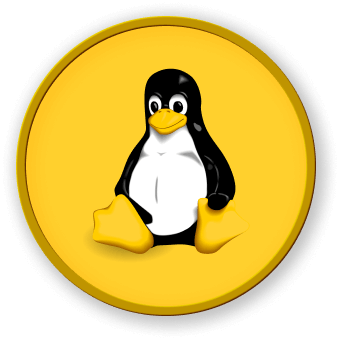Locating Command Sources and Manuals
Once you've identified a command using the whereis command, the next step is to access the source code and manual pages for that command. This information can be valuable for understanding how the command works, troubleshooting issues, or even modifying the command's behavior.
Accessing Command Sources
The source code for most Linux commands is typically available in the system's package repositories. To access the source code, you can use the following steps:
-
Identify the package that contains the command:
$ dpkg -S /usr/bin/ls
coreutils: /usr/bin/ls
-
Install the package source code:
$ apt-get source coreutils
This will download the source code for the coreutils package, which contains the ls command.
Accessing Command Manuals
Linux commands typically have associated manual pages (man pages) that provide detailed information about the command's usage, options, and behavior. To access the manual page for a command, you can use the man command:
$ man ls
This will display the manual page for the ls command, which includes information such as:
- Command description
- Syntax and usage examples
- Available options and their descriptions
- Related commands and resources
You can also use the whereis command to locate the manual page file directly:
$ whereis -m ls
ls: /usr/share/man/man1/ls.1.gz
The manual page file is typically located in the /usr/share/man/ directory, with the file name following the convention command.section.gz, where section is a number that represents the manual section (e.g., 1 for user commands, 8 for system administration commands).
By understanding how to locate the source code and manual pages for Linux commands, you can gain a deeper understanding of how the system works and troubleshoot issues more effectively.




